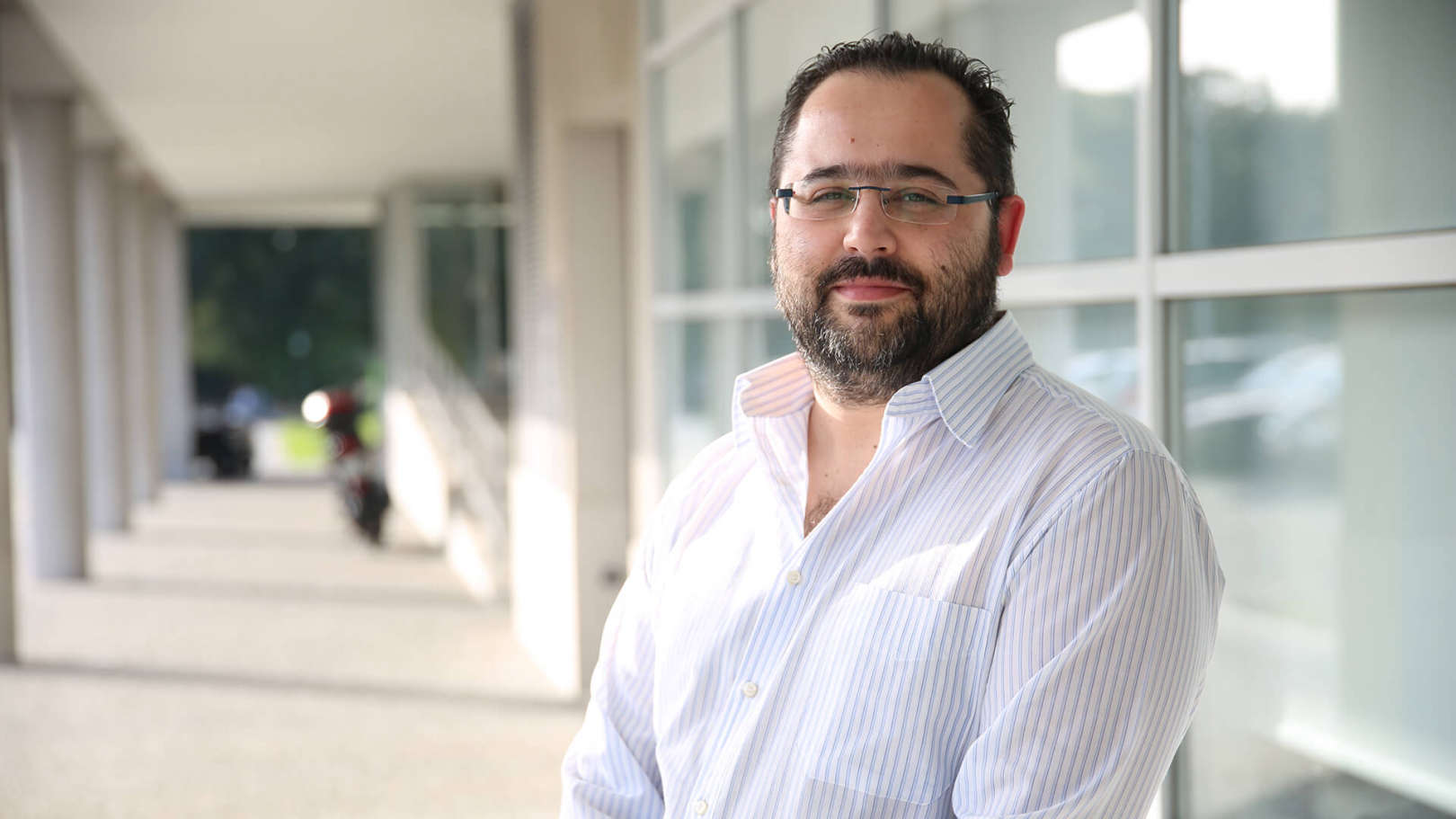About
Hélder P. Oliveira Hélder P. Oliveira was born in Porto, Portugal, in 1980. He graduated in Electrical and Computer Engineering in 2004, received the M.Sc. degree in Automation, Instrumentation and Control in 2008 and the Ph.D. degree in Electrical and Computer Engineering in 2013 at the Faculty of Engineering of the University of Porto (FEUP), Portugal. He is currently working as Senior Researcher at INESC TEC - Institute for Systems and Computer Engineering, Technology and Science, a R&D institute affiliated to the University of Porto. He is the Leader of the Visual Computing and Machine Intelligence Area, member of the coordination council of the Centre for Telecommunications and Multimedia, and takes part of the Breast Research Group. He is also one of the coordinators of the Data Science Hub at INESC TEC. He is also working at the Computer Science Department of the Faculty of Sciences of the University of Porto as an Invited Assistant Professor. Between 2014 and 2016 he was contracted as Invited Assistant Professor at Informatics Engineering Department of FEUP. Previously between 2008 and 2011 was working as Invited Assistant in the same Faculty and Department. Hélder Oliveira is the principal investigator in 2 funded research projects (LuCaS, MICOS), project member in 4 projects (S-MODE, HEMOSwimmers, LEGEM and TAMI). In the past was also project member in 5 other funded projects (one European and 4 National) and 3 other as research assistant. He was also responsible at INESC TEC for other 2 projects related with technological transfer with industry, the project Evo3DModel with Adapttech - Adaptation Technologies and the project FollicleCounter with Saúde Viável. He was the founder member and coordinator (between 2010 and 2013) of the Bio-related Image Processing and Analysis Student’s Group (BioStar) at FEUP. Since 2007 I have co-authored 20 peer-reviewed papers and 8 journal abstracts. I have 1 patent conceded (Europe, China, Japan), 3 book chapters and also 64 works in international conferences, 40 articles in national refereed conferences and participated in the creation of 3 public datasets. In total, these publications have attracted 748 citations, with h-index of 14 according to Harzing’s Publish or Perish application on March 30, 2021. He was one of the mentors and belonged to the organizer committee of the VISion Understanding and Machine Intelligence (VISUM) summer school in 6 editions of the event. He also participated in the organization of other 12 events and was invited as keynote speaker in 3 international events. Hélder Oliveira is currently supervising 6 PhD Students, and has 1 Phd Student concluded as supervisor in 2018. During his career supervised (or co-supervised) 56 MSc students. Currently supervises 4 research fellows in projects at INESC TEC. Hélder Oliveira participated as principal jury in 2 PhD and 15 MSc defences as principal examiner. Hélder Oliveira is member of Portuguese Association of Pattern Recognition (APRP) and was been elected for president of the fiscal council in 2017. His research interests include medical image analysis, bio-image analysis, computer vision, image and video processing, machine learning, data science, computer science, programming, and 3D modelling.


